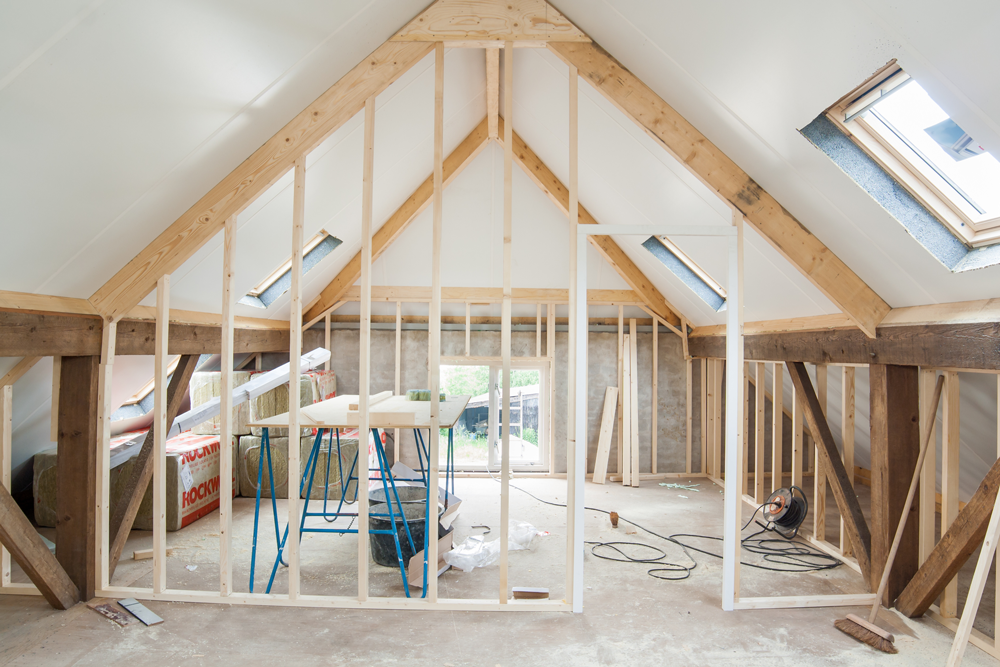Renovating a home can be a worthwhile investment that improves the function, enjoyment and value of the property. Whether you want more space, new amenities or updated finishes, a renovation can deliver it. While a home improvement project may come with a big price tag, renovation loans are available to help finance the work and make your dream home a reality!
Unlike a traditional mortgage where the borrowing amount is limited by a home’s current value, a renovation loan is based on the post-renovation value. It can be used to purchase and renovate a new home or to renovate a currently owned home. Qualifying renovation work typically includes most improvements or repairs that are permanently affixed to the home and add value.
Here is an overview of the steps in the renovation loan process:
- Loan Application
Since your project likely hinges on obtaining financing, contacting a lender with a strong renovation loan department like us is a recommended first step. We will discuss your options with you and help you select the right loan program for your needs. Then, you will read and sign your loan documents, provide the necessary personal information and documentation and submit your loan application.
- Contractor Selection
Before your loan can close, you will need to determine the cost to complete your project and the permits required. This includes obtaining quotes from a reputable, licensed and insured residential contractor. You must select your contractor before the home’s appraisal is ordered, and they typically must be approved by the lender.
- Loan Processing and Underwriting
After your application is submitted, the loan processor will assemble your loan package and review your credit, financial and employment details. Your contractor will submit a proposal, and an appraisal will be conducted that includes the scope of the planned work. Then, the underwriter will review your complete application, including the sales contract (if you are buying a home), appraisal and title, and decide whether to approve your loan.
- Loan Closing
If your loan is approved, a closing date will be set on which you will sign the final documents and the loan will be funded. Typically, your first mortgage payment will not be due until the second month after your closing date.
- Renovation Start
Within two weeks of closing, you will receive a welcome kit from a draw administrator (the person who oversees the drawing and distribution of your loan’s funds). Depending on the type of loan you selected, the project must typically begin within 30 days of closing and be completed within six or 12 months.
- Funds Drawing
Prior to drawing the first funds, you must have any required building permits in place. When a stage of the plan is complete, you will call to request a draw. Your draw administrator will require an inspection to be performed, and upon a clean report, a check will be written jointly to you and your contractor.
- Project Completion
The draw process may be repeated until the project is complete. A final inspection and title update will be obtained by the draw administrator, then a certificate of occupancy/final inspection is required for any permits previously issued. Congrats, you can now enjoy your renovated home!
Conclusion
To learn which renovation loan options are available to you, how much financing you can obtain and what your estimated payments would be, get in touch for a free mortgage consultation.
Programs included on this document are subject to approval based on individual program guidelines and borrower’s credit and underwriting approval. Contact your Draper and Kramer Mortgage Corp. professional for full program details.

